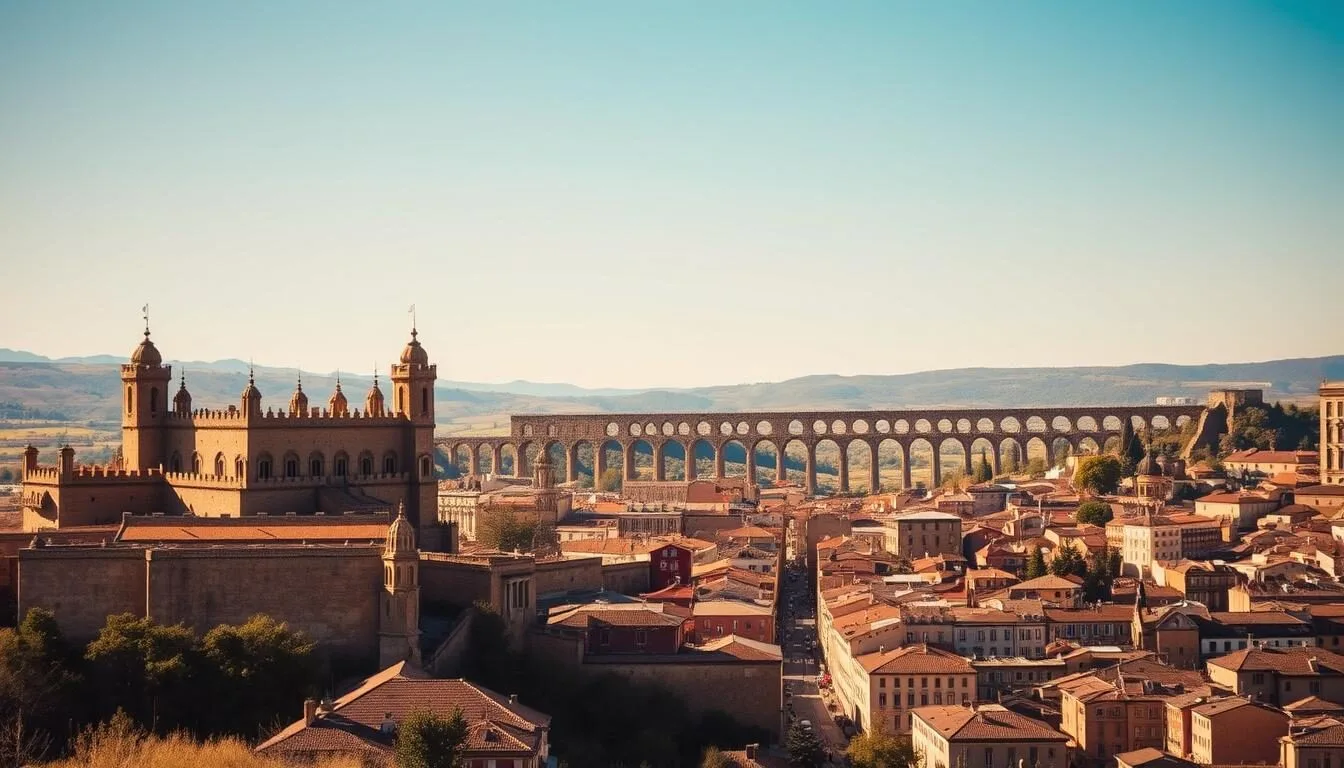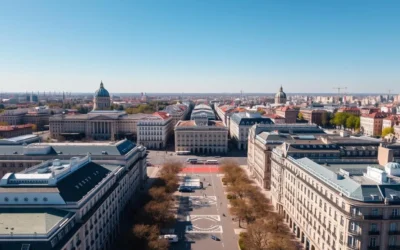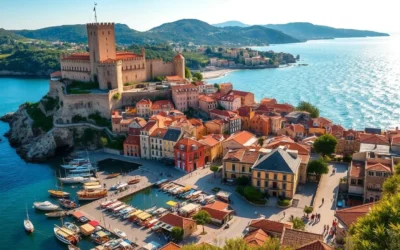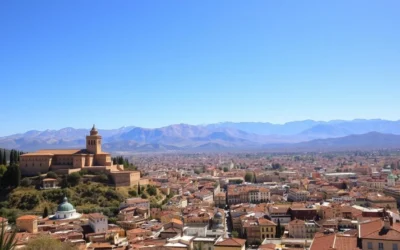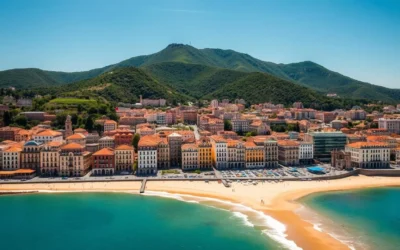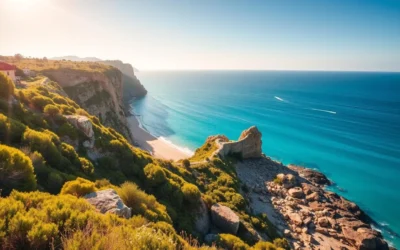✓ Accommodations✓ Flights✓ Rental Cars✓ Tours & Activities
Nestled in the heart of Spain, just 56 miles north of Madrid, lies the enchanting city of Segovia, a UNESCO World Heritage site that promises a journey through time. With its rich history radiating from the cobblestones, Segovia is a city that will captivate you with its medieval charm and stunning monuments.
As you wander through this fairytale city, you’ll discover architectural marvels like the Roman Aqueduct and the Alcázar castle, which inspired Walt Disney’s Cinderella Castle. With its unique blend of Roman, Arab, and Catholic influences, Segovia offers a perfect blend of history, culture, and gastronomy, making it an ideal destination for a day trip or a weekend getaway.
Let’s explore the top attractions and hidden gems that make Segovia a must-visit destination.
Discovering the Fairytale City of Segovia
As you approach Segovia, the fairytale-like medieval town unfolds before your eyes, revealing its rich history and architectural marvels. Segovia is a place where ancient Roman, Arab, and Catholic influences blend seamlessly, creating a unique cultural landscape.
The city’s strategic location at the confluence of the Eresma and Clamores rivers made it an important settlement since Roman times, and over time, it has evolved into the charming city you see today. Walking through Segovia feels like stepping back in time, with well-preserved medieval streets, Renaissance palaces, and Romanesque churches at every turn.
- Segovia’s fairytale atmosphere is immediately apparent, with its medieval walls and towering aqueduct.
- The historic center is compact, allowing you to explore its many things Segovia has to offer on foot.
- Segovia’s rich history is visible in its architecture, showcasing influences from Roman engineering to Moorish decorative elements.
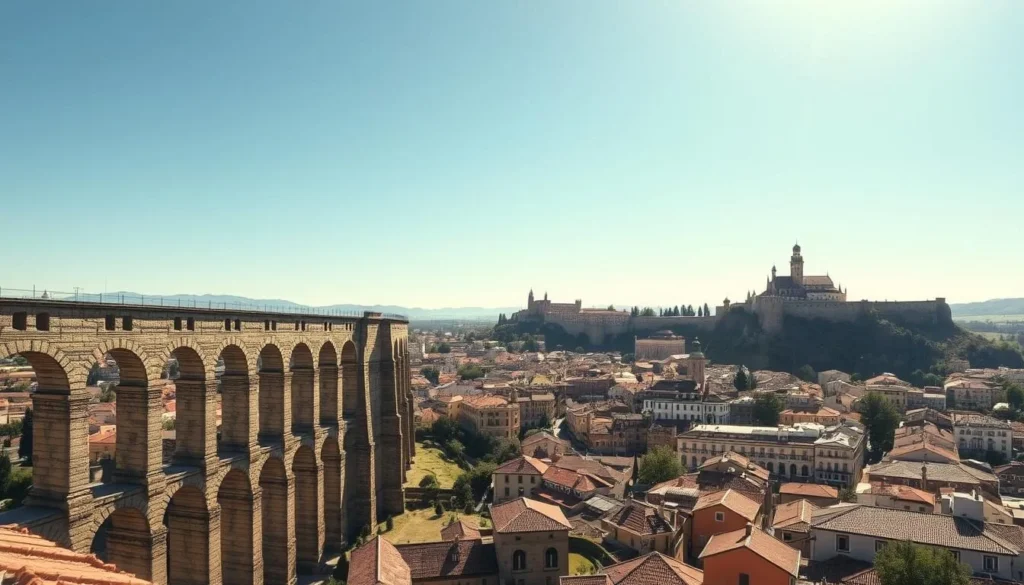
Segovia is not just a historical site but a living city where ancient traditions blend with modern life, making it a fascinating place to discover.
The Roman Aqueduct: An Ancient Engineering Marvel
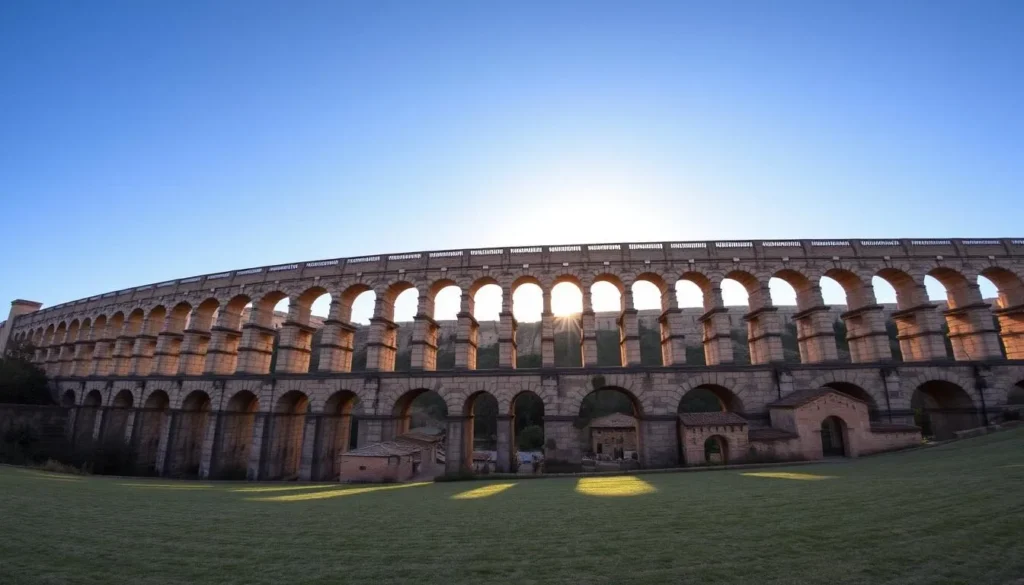
As you explore Segovia, the Roman Aqueduct stands out as a must-see attraction. This ancient structure is not only a testament to the engineering skills of the Romans but also a defining feature of the city.
The Roman Aqueduct of Segovia is one of the most impressive and well-preserved ancient Roman structures in the world, dating back to approximately 50 BC. Rising to a height of 28.5 meters (92 feet) at its tallest point, this monumental wall-like structure stretches for 813 meters through the heart of the city with 167 arches arranged in two tiers.
What makes this aqueduct truly remarkable is its construction technique—the massive granite blocks weighing up to 2 tons each are fitted together without any mortar or cement, held in place solely by perfect balance and precision engineering. The aqueduct continued to function as the city’s primary water supply until the mid-19th century, demonstrating the extraordinary durability and effectiveness of Roman engineering.
For the best views of this ancient marvel, head to Plaza del Azoguejo where the aqueduct reaches its maximum height, or walk along Cuesta de San Juan for a different perspective. The dramatic entrance to the old town, framed by the aqueduct’s arches, is an unforgettable experience.
The Alcázar of Segovia: A Castle Fit for Royalty
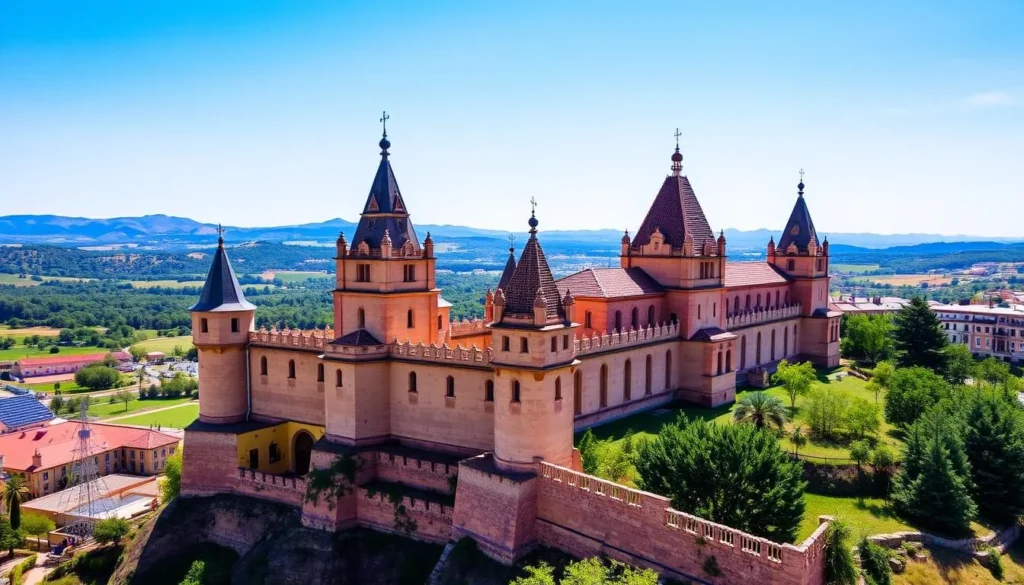
Perched atop a rocky outcrop, the Alcázar of Segovia stands as a testament to Spain’s rich architectural heritage. This castle is one of the most iconic in Spain, with its unique blend of architectural styles reflecting the various cultures that have influenced it over the centuries.
The Alcázar’s history is as fascinating as its architecture. Originally built on the site of a Roman fort, it was later renovated by King Philip II, who added the distinctive Austrian-inspired spires. You can explore the lavishly decorated rooms, including the Throne Room and the Hall of Kings, which features a frieze of 52 seated statues representing Spanish monarchs.
One of the highlights of visiting the Alcázar is the view from its towers. The Juan II Tower offers panoramic vistas of the city and the surrounding countryside. As you explore, keep an eye out for the White Storks nesting in the treetops near the castle entrance, a common sight in Segovia, especially during spring.
The Alcázar of Segovia is not just a building; it’s an experience, offering a glimpse into Spain’s rich history and architectural diversity. With its fairy-tale appearance, it’s no wonder it inspired Walt Disney’s Cinderella Castle.
Segovia Cathedral: Gothic Grandeur in Plaza Mayor
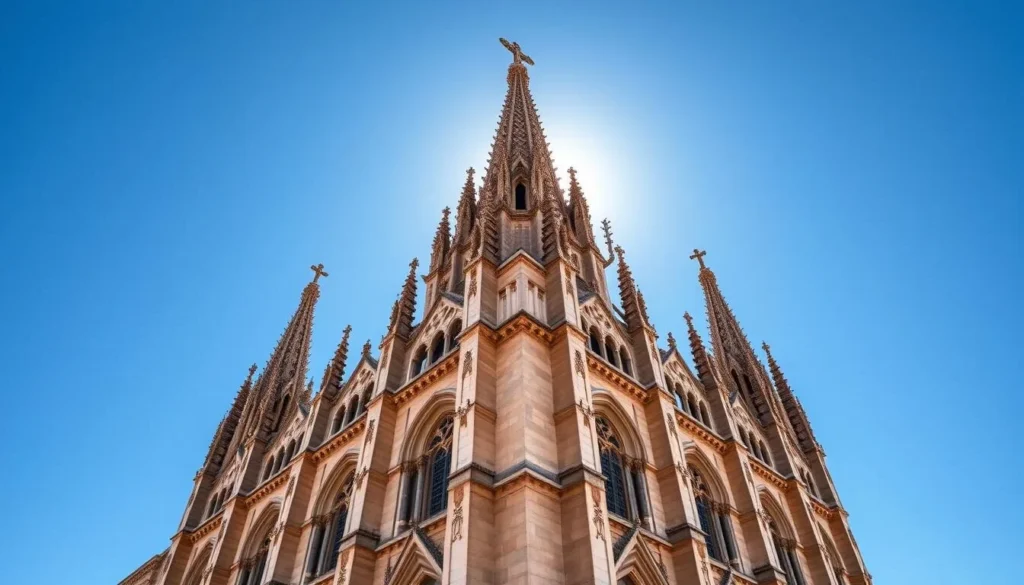
The Segovia Cathedral, affectionately known as ‘The Lady of Cathedrals,’ is a breathtaking example of Gothic architecture in the heart of Segovia. Dominating the city’s Plaza Mayor, this imposing structure is a testament to the city’s rich history and architectural prowess.
As one of the last Gothic cathedrals built in Spain, the Segovia Cathedral showcases the culmination of this architectural style with its soaring vaults, flying buttresses, and intricate stonework. The building‘s construction began in 1525, following the destruction of the previous Romanesque cathedral during the Comuneros Revolt, and was completed in 1768.
Inside, you are greeted by a breathtaking interior with 18 chapels, each containing unique artistic treasures and religious artifacts behind ornate iron gates. The cathedral’s walls are adorned with stunning stained glass windows that bathe the interior in colorful light, creating an atmosphere of reverence and awe.
Don’t miss the opportunity to visit the choir with its intricately carved wooden stalls, the beautiful cloister that was moved stone by stone from the old cathedral, and the museum housing religious art and treasures. For panoramic views of Segovia, climb the 90-meter bell tower, which offers some of the best vistas in the city, especially magical at sunset.
Dating back to the 16th century, the Segovia Cathedral is a must-visit attraction in Segovia, offering a glimpse into the city’s rich cultural and architectural heritage.
Exploring the Historic Jewish Quarter
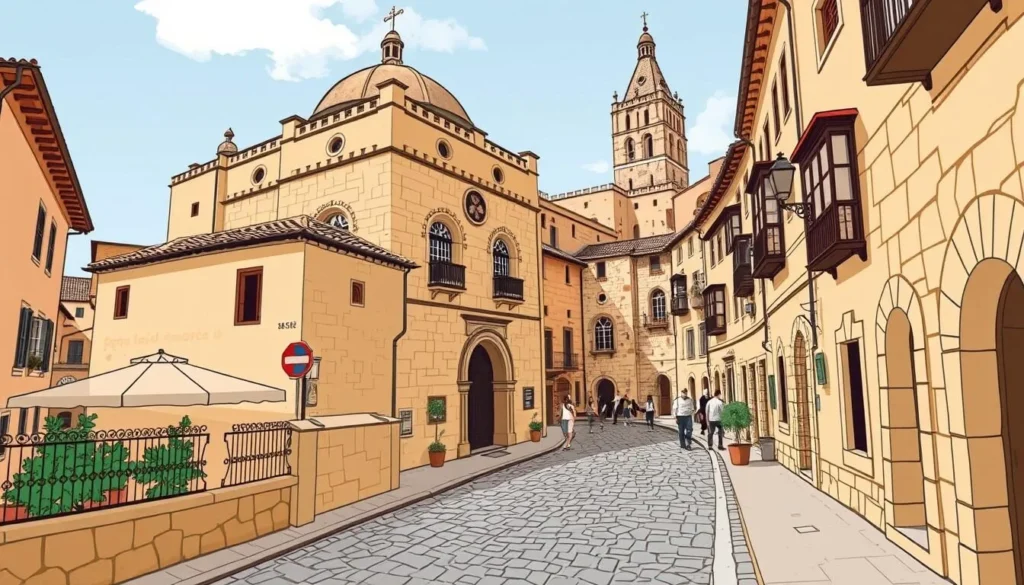
As you wander through Segovia, you’ll discover the rich history and cultural significance of the Historic Jewish Quarter. The Jewish community lived in Segovia from the 11th century until the expulsion in 1492, leaving behind a legacy that can still be seen in the area’s architecture and streets.
The Historic Jewish Quarter of Segovia, known locally as La Judería, was once home to one of the wealthiest and most influential Jewish communities in medieval Castile. Wander through the narrow, winding streets of this atmospheric quarter to discover a neighborhood that has preserved much of its medieval character despite centuries of change.
Some key highlights of the area include:
- The Jewish quarter was formally established in the 11th century and flourished until 1492.
- In October 1481, the area was closed off with eight gates that separated the Jewish community from the rest of Segovian society.
- Today, you can explore Calle Judería Vieja (Old Jewish Street), the main thoroughfare of the quarter, lined with rustic houses featuring arched doorways and wrought iron balconies.
- Visit the Centro Didáctico de la Judería (Jewish Quarter Educational Center) to learn more about the history and contributions of Segovia’s Jewish community.
- Don’t miss the former Main Synagogue, which was converted into the Corpus Christi Convent in 1410.
By exploring the Historic Jewish Quarter, you’ll gain a deeper understanding of Segovia’s rich cultural heritage and the significant role that the Jewish community played in shaping the city’s history.
Segovia, Spain: Best Things to Do – Top Picks for Food Lovers
Segovia is a gastronomic haven, offering a rich array of traditional Castilian cuisine. As you explore this historic city, you’ll discover that food plays a central role in the local culture.
Traditional Cochinillo (Suckling Pig) at Mesón de Cándido
Mesón de Cándido is famous for its pig dishes, particularly the traditional Cochinillo, or suckling pig. This iconic restaurants is located beside the Roman aqueduct, and its historic significance is palpable as you dine on this local delicacy.

Vegetarian Options at La Almuzara
For those seeking alternatives to meat, La Almuzara offers a delightful array of vegetarian dishes in an artsy, vegan-friendly setting. Located near the Cathedral, this cafe is a haven for foodies looking for something different. Here, you can enjoy freshly made pizzas, pastas, and salads, all made with love by the local people.

Segovia’s culinary scene is not limited to these two restaurants. The city’s Plaza Mayor and surrounding streets are lined with eateries and tapas bars where locals gather to enjoy regional specialties. Be sure to explore the local markets to discover Segovia’s artisanal cheeses, cured meats, and local wines.
Must-Visit Churches and Religious Sites
As you explore Segovia, you’ll discover a wealth of historical churches that showcase the city’s architectural and spiritual significance. The city’s rich religious heritage is reflected in its numerous Romanesque churches, many of which date back to the 11th and 12th centuries when Segovia was being repopulated after the Reconquista.
Church of Vera Cruz
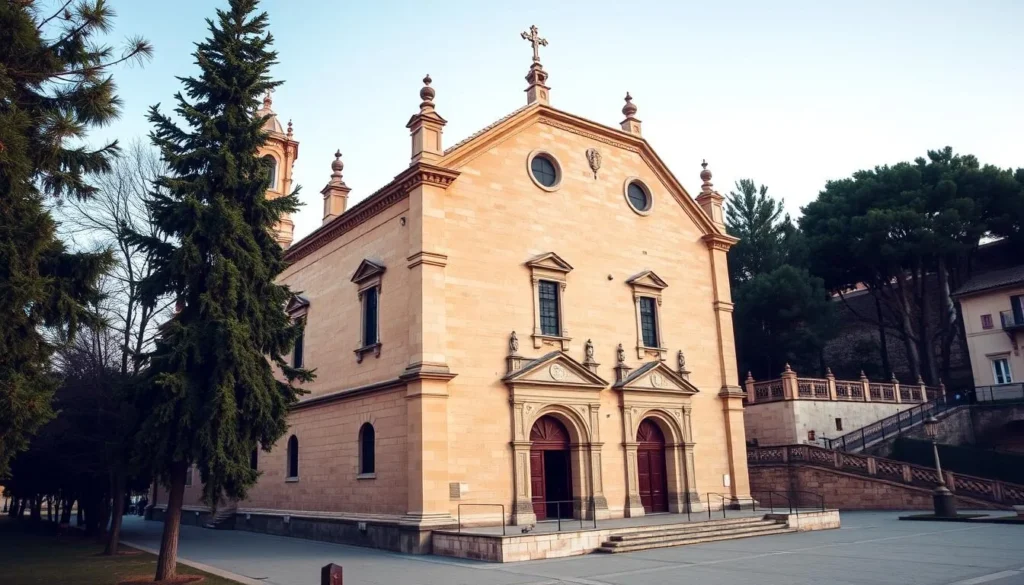
The Church of Vera Cruz is one of Segovia’s most unique religious buildings, with its unusual 12-sided design inspired by the Church of the Holy Sepulchre in Jerusalem. Located just outside the city walls on the road to Zamarramala, it offers not only historical significance but also spectacular views of the Alcázar and the city skyline.
San Martín Church
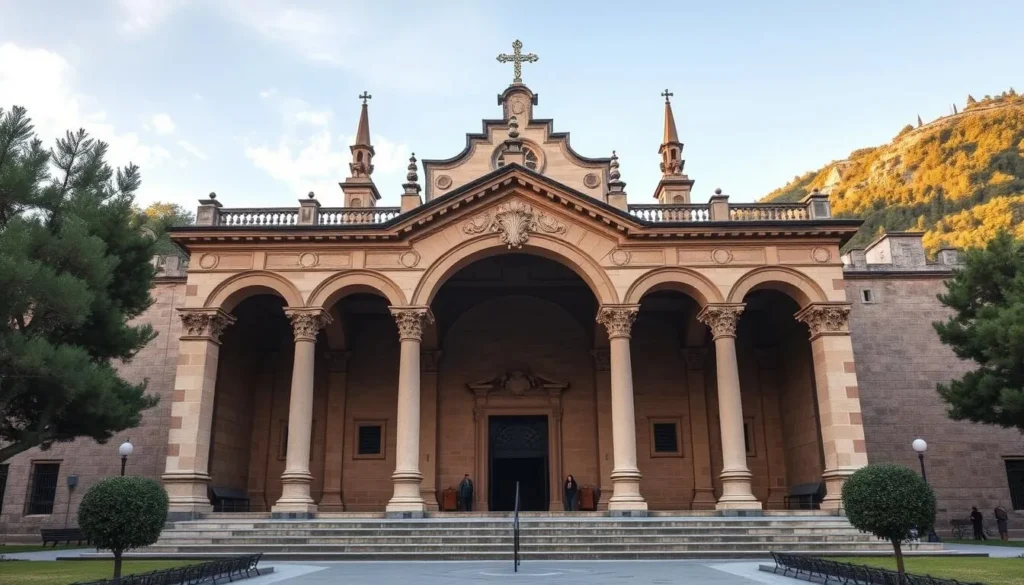
San Martín Church, located in Plaza Medina del Campo, is one of the finest examples of Romanesque architecture in Segovia. The church features a stunning three-sided portico with intricately carved capitals, and its interior contains remarkable frescoes and a blend of architectural styles resulting from centuries of modifications to the original 11th-century structure.
Other notable churches worth visiting include the Iglesia de San Millán with its distinctive tower, the Church of San Esteban with the tallest Romanesque tower in Spain, and the Church of San Juan de los Caballeros, which now houses a ceramics museum. Each of these churches contributes to Segovia’s rich tapestry of religious heritage, making the city a fascinating destination for history buffs and those interested in religious architecture.
Best Viewpoints in Segovia
As you explore the charming city of Segovia, you’ll discover numerous breathtaking viewpoints that offer a glimpse into its rich history and natural beauty. Segovia’s dramatic location on a rocky promontory surrounded by rivers and mountains creates numerous spectacular viewpoints throughout and around the city.
Mirador de la Pradera de San Marcos
Mirador de la Pradera de San Marcos offers what many consider the most photogenic view of the Alcázar, capturing the castle’s fairy-tale silhouette perched dramatically on its rocky outcrop. To reach this viewpoint, take a 15-minute walk downhill from the Alcázar, following signs to “Mirador” or “Pradera de San Marcos.” The meadow is beautiful in every season and is an excellent place for walking, unwinding, or having a picnic.
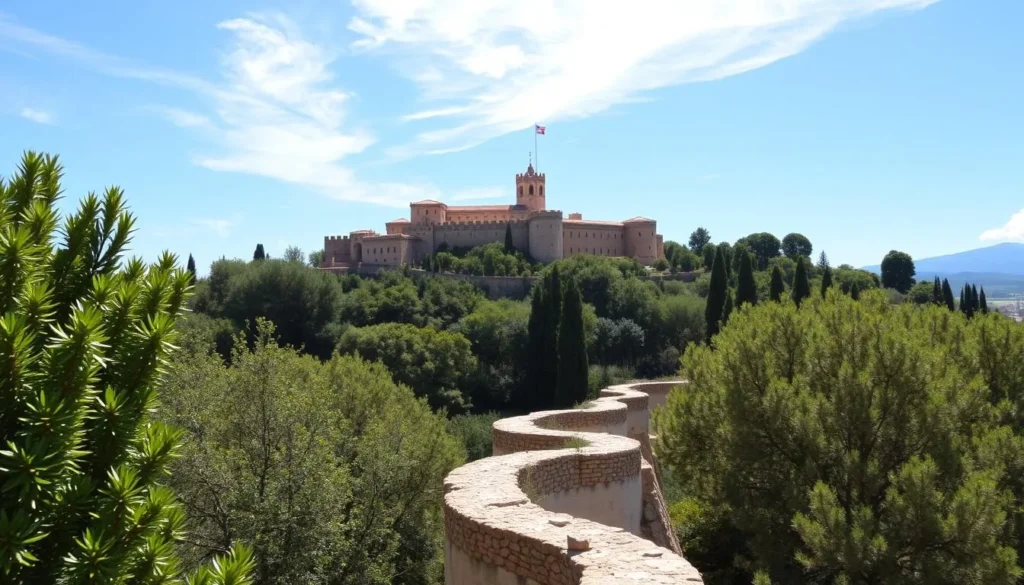
Mirador de la Canaleja
Mirador de la Canaleja, located near Casa de los Picos in the heart of the old town, provides a completely different perspective with sweeping views over the southern part of the city and the distant Guadarrama mountains. This central viewpoint is easily accessible while exploring the historic center and offers a perfect spot to pause and appreciate Segovia’s picturesque setting framed by mountains.
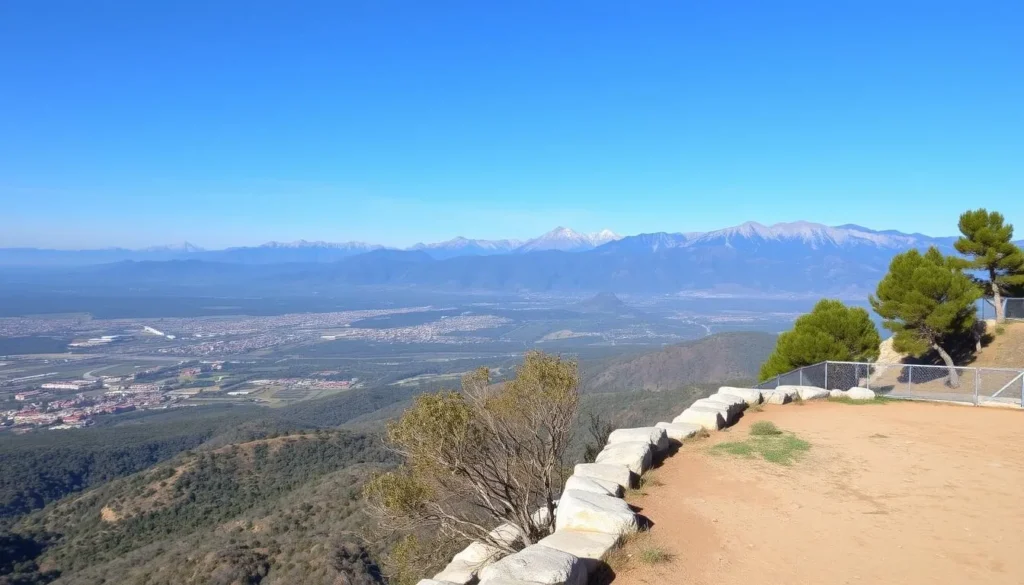
Unique Historical Buildings to Visit
Beyond the famous landmarks, Segovia is home to some truly one-of-a-kind historical buildings worth exploring. These structures not only add to the city’s architectural diversity but also provide a glimpse into its rich past.
Casa de Los Picos (House of Peaks)
Casa de los Picos is one of Segovia’s most distinctive buildings, featuring a facade decorated with over 600 granite pyramid-shaped blocks or “peaks” that create a dramatic textured appearance. Built in the 15th century, this unusual building now houses the School of Applied Arts and Design but was originally a defensive structure associated with the city gate of San Martín.
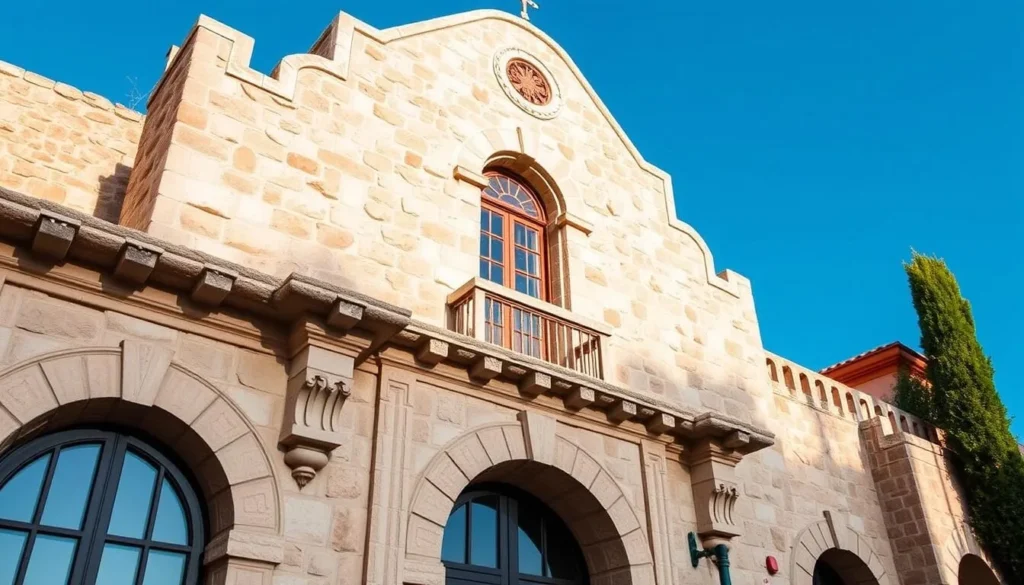
Casa de la Moneda Museum (Royal Mint)
The Casa de la Moneda Museum is located in what was once Spain’s oldest industrial building, constructed in 1583 by order of King Philip II to house the most modern coin-making machinery of its time. This fascinating museum showcases the history of currency production with original minting equipment, displays of historic coins, and interactive exhibits explaining the evolution of money-making technology.
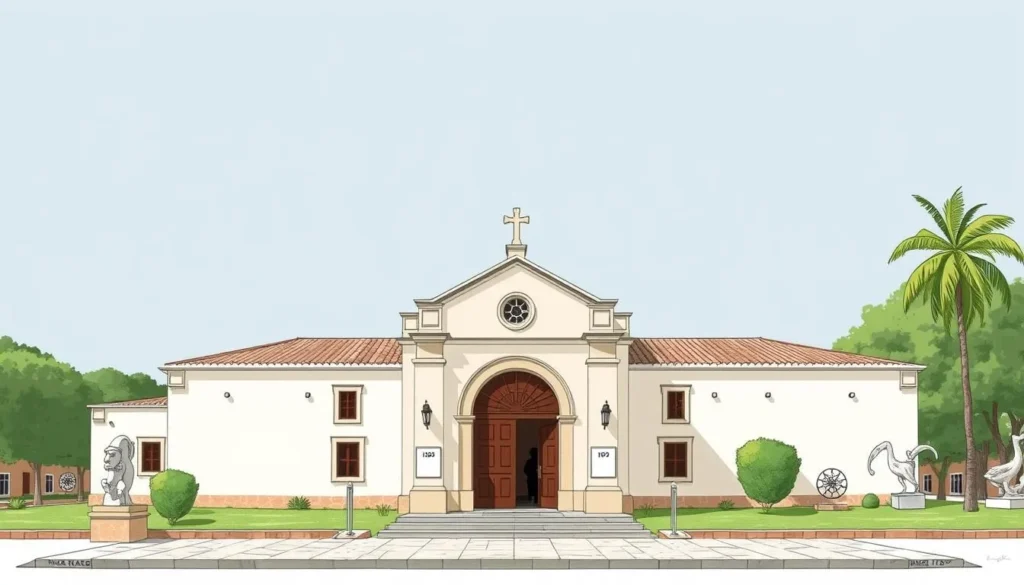
Both of these historical buildings offer a unique perspective on Segovia’s architectural and cultural heritage, making them must-visit attractions for anyone interested in history, architecture, or culture.
Day Trips from Segovia
The area around Segovia is filled with exciting day trip options. While Segovia itself offers plenty to explore, the surrounding area is dotted with magnificent royal palaces and natural landscapes.
La Granja de San Ildefonso Palace
La Granja de San Ildefonso Palace, located just 15 minutes by car from Segovia, is often called the “Versailles of Spain.” This spectacular Baroque palace is surrounded by meticulously manicured gardens featuring 26 fountains with mythological themes.
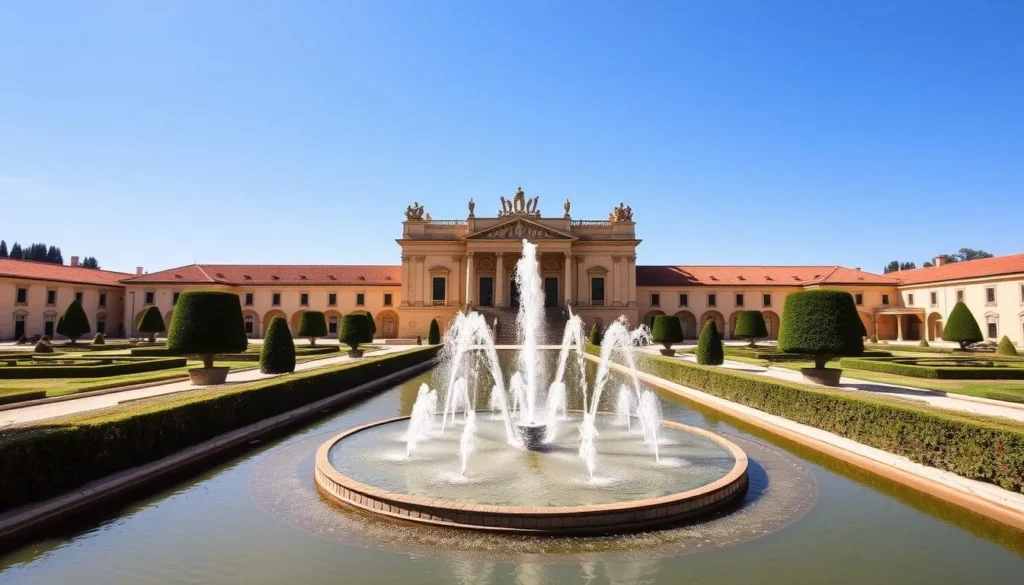
Royal Palace of Riofrío
The Royal Palace of Riofrío is another worthwhile day trip destination. Commissioned by Queen Elisabeth Farnese in the 18th century, it stands as one of the last examples of Italian-style royal architecture in Spain. The palace is surrounded by a 625-hectare forest that serves as a nature reserve.
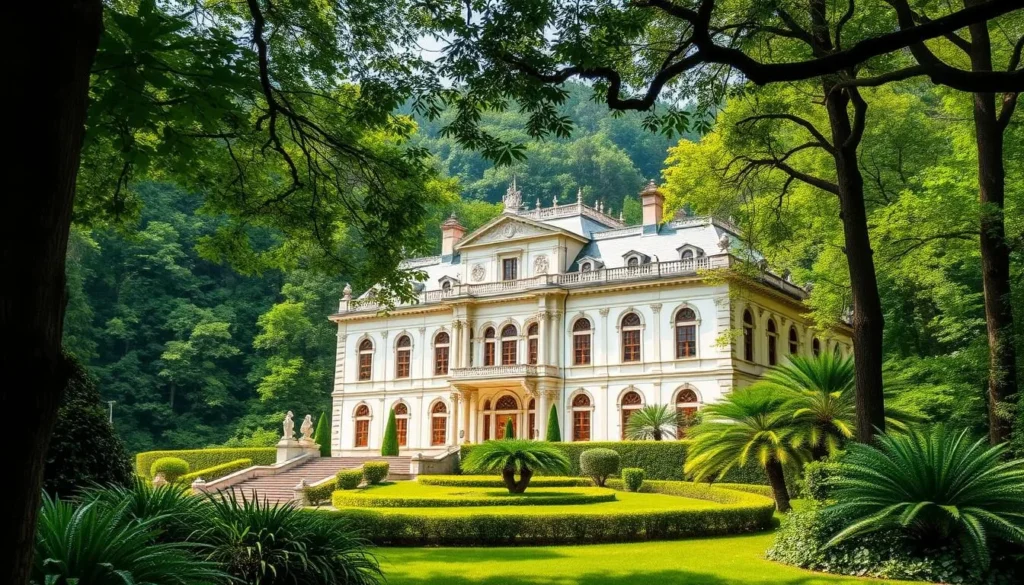
Both La Granja de San Ildefonso and Royal Palace of Riofrío offer a glimpse into the opulent lifestyle of Spanish royalty, with their lavish decor, beautiful gardens, and impressive statues. Visitors can explore the walls of these grand structures and enjoy the peaceful natural settings.
How to Get to Segovia from Madrid
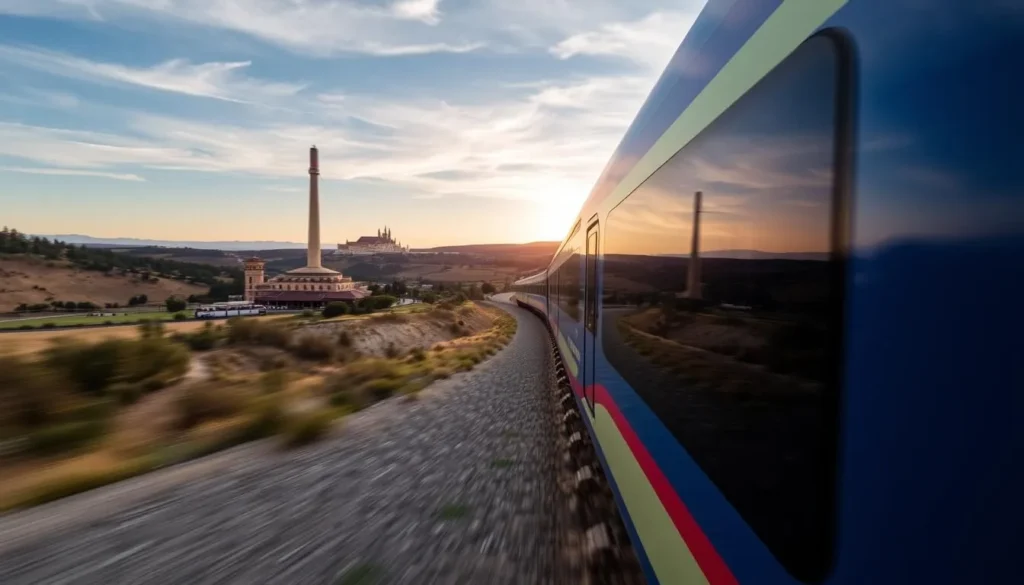
Segovia’s proximity to Madrid makes it an ideal destination for a day trip, with several convenient ways to travel. You can leave Madrid in the morning and stand in front of Segovia’s aqueduct in less than an hour.
The fastest way to reach Segovia is by high-speed AVE train from Madrid’s Chamartín station, which takes just 27 minutes and delivers you to Segovia-Guiomar station. Train travel is very straightforward in Spain, and booking your tickets through the Omio app makes it even easier.
From Segovia’s Guiomar station, regular shuttle buses run to the city center, taking about 20 minutes. Alternatively, you can take a taxi for a quicker transfer. Other options include the ALSA bus service from Madrid’s Moncloa bus station, which takes approximately 1 hour and 15 minutes, and renting a car, which allows you to explore Segovia at your own pace.
Whichever way you choose to travel, it’s advisable to start your day trip early in the morning to maximize your time in Segovia and avoid the midday crowds at popular sites.
Conclusion: Making the Most of Your Visit to Segovia
Your visit to Segovia will be a journey through time, exploring the city’s Roman, Moorish, and Spanish Golden Age heritage. As you wander through the historic center, you’ll discover that Segovia is a city that rewards those who take their time to explore, with layers of history visible throughout its streets and monuments.
The Roman aqueduct, Alcázar, and Cathedral are the “big three” attractions that shouldn’t be missed. However, allowing time to wander the medieval streets between these landmarks will reveal hidden treasures and authentic local experiences. Whether you’re on a day trip from Madrid or staying overnight, the compact size of Segovia’s historic center makes it easy to explore on foot.
To make the most of your visit, consider avoiding the peak summer tourist season. Spring and fall offer pleasant weather and fewer crowds at top attractions. Take your time to appreciate the details, from the precision engineering of the Roman aqueduct to the intricate carvings in the cathedral and the panoramic views from the city walls. Segovia offers an authentic Spanish experience that combines world-class monuments with the charm of a provincial capital.
The above is subject to change.
Check back often to TRAVEL.COM for the latest travel tips and deals.
